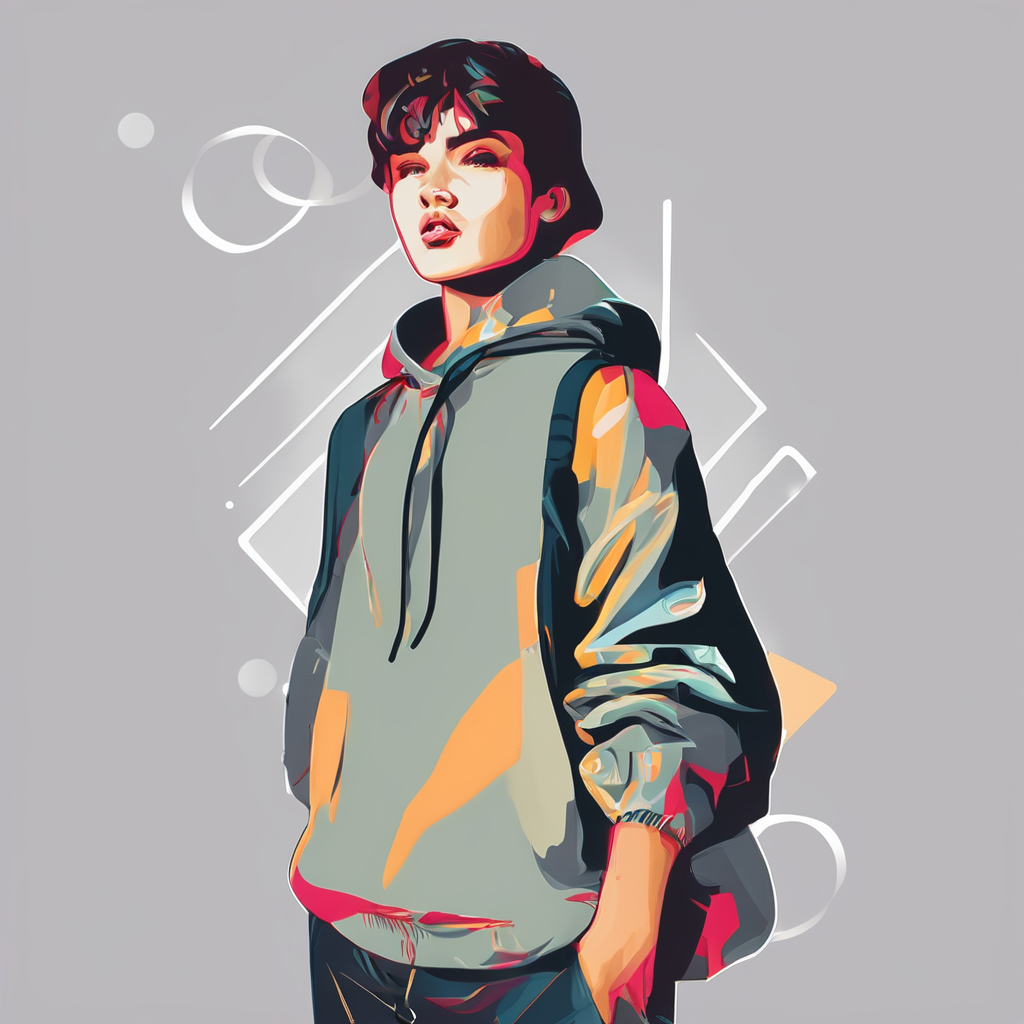The Impact of Technology on Women’s Fashion Shopping in the UK
Technology in women’s fashion has significantly reshaped the retail landscape through various advancements. The innovation in UK fashion retail thrives particularly with AI and machine learning, which enhance personalisation by analysing consumer data to offer tailored product recommendations. This not only improves the shopping experience but also optimises inventory management, ensuring popular items are stocked appropriately to meet demand.
Augmented reality (AR) and virtual reality (VR) technologies have revolutionised how shoppers engage with products. Virtual fitting rooms allow consumers to try on clothes digitally, reducing the uncertainty of online purchases. These tools promote confidence and convenience while shopping on онлайн platforms, making the experience more immersive and enjoyable.
Also read : How Can Women Make Ethical Fashion Choices While Shopping in the UK?
Furthermore, enhanced mobile shopping experiences have become integral to UK fashion retail. Seamless payment solutions, including one-click checkouts and digital wallets, support swift transactions, catering to the fast-paced lifestyle of today’s consumers. Online shopping platforms benefit from these technologies by increasing customer satisfaction and retention through smoother journeys from browsing to purchase.
By integrating these innovations, UK retailers meet evolving consumer expectations and establish a more connected, efficient, and engaging fashion shopping environment. Technology in women’s fashion clearly drives forward both convenience and creativity in the retail world.
Also to see : How do UK women personalize their fashion to reflect their unique style?
Emerging Business Models Transforming Fashion Retail
Innovation in UK fashion retail is not limited to technology alone; it extends deeply into innovative business models reshaping the market. The rise of online marketplaces has dramatically shifted the balance away from traditional brick-and-mortar stores. These platforms provide vast product selections, competitive pricing, and convenience, appealing to consumers who prioritise efficiency in their shopping experience.
Subscription services and rental models are rapidly gaining traction in women’s fashion. These models allow shoppers to experiment with trends without committing to permanent purchases, aligning with growing desires for flexibility and sustainability. By paying a monthly fee, customers gain access to curated wardrobes, which also promotes a circular business approach.
Collaborations between tech startups and established UK brands further drive this transformation. Startups bring cutting-edge solutions to logistics, customer engagement, and product customisation, enhancing the traditional retail framework. These partnerships create agile, responsive businesses that better serve consumers through personalised experiences and faster delivery options.
Together, these emerging business models challenge old paradigms, focusing on accessibility, convenience, and consumer empowerment within the evolving UK fashion landscape. Technology in women’s fashion supports these models by enabling seamless integration between digital platforms and physical products, ensuring retailers meet modern shopper expectations while maintaining competitive advantage.
The Impact of Technology on Women’s Fashion Shopping in the UK
Technology in women’s fashion continues to elevate shopping experiences through advanced AI and machine learning. These tools offer highly accurate personalisation by analysing vast consumer data, enabling online shopping platforms to deliver tailored product suggestions that match individual preferences. Beyond personalisation, AI-driven inventory management forecasts trends and demand, helping retailers avoid stockouts or overstock, which boosts customer satisfaction and reduces waste.
Augmented reality (AR) and virtual reality (VR) enhance engagement by allowing consumers to try virtual fitting rooms. This interactive innovation reduces hesitation in online purchases. When shoppers visualise how garments fit or look in real-time, they gain confidence and a more immersive experience, bridging the gap between physical and digital retail.
Mobile shopping is also transformed by seamless payment solutions. Technologies like one-click checkout and digital wallets simplify the transaction process, accommodating consumers’ desire for speed and convenience. Enhanced mobile interfaces ensure smooth navigation, encouraging longer browsing and greater purchase likelihood.
Collectively, these innovations in UK fashion retail integrate to create efficient, personalised, and enjoyable shopping journeys on online platforms. Technology in women’s fashion is not just about convenience; it actively reshapes how consumers connect with products and brands in a digital-first world.
The Impact of Technology on Women’s Fashion Shopping in the UK
Technology in women’s fashion is reshaping how consumers engage with online shopping platforms through significant innovation in UK fashion retail. AI and machine learning are at the forefront, enhancing personalisation by analysing detailed customer data to deliver customised recommendations that closely match individual styles and preferences. This precision in AI-driven suggestions helps shoppers discover new items effortlessly, increasing satisfaction and purchase confidence.
Beyond personalisation, AI supports better inventory management by predicting demand patterns. This optimisation reduces instances of overstock or stockouts, ensuring popular products remain available and fresh trends are promptly stocked. Retailers benefit from this data-driven approach by streamlining supply chains and improving operational efficiency.
Augmented reality (AR) and virtual reality (VR) play critical roles as well. Virtual fitting rooms, powered by AR/VR, create immersive shopping experiences where consumers can visualise how clothing fits without visiting physical stores. This immersion decreases hesitation associated with online purchases, boosting confidence and reducing return rates.
Enhanced mobile experiences complement these technologies through seamless payment solutions such as one-click checkouts and digital wallets. These advancements enable swift, secure transactions, meeting modern consumers’ expectations for convenience. Together, these technologies markedly elevate the UK’s women’s fashion retail, fusing innovation with engaging, efficient shopping journeys.
The Impact of Technology on Women’s Fashion Shopping in the UK
Innovation in UK fashion retail is primarily driven by advancements in AI and machine learning that elevate personalisation and inventory management on online shopping platforms. AI analyses extensive customer data to offer highly accurate product recommendations tailored to individual tastes. This precision not only enhances the shopping experience but also allows retailers to forecast demand more effectively, reducing overstock and stockouts.
Augmented reality (AR) and virtual reality (VR) technologies further transform the sector by creating immersive virtual fitting rooms. Consumers can try on garments digitally, addressing common uncertainties about fit and style before purchase. This innovation strengthens buyer confidence and convenience, critical factors in boosting online sales.
Technology in women’s fashion also encompasses enhanced mobile shopping experiences. Modern platforms integrate seamless payment methods such as one-click checkouts and digital wallets, facilitating swift, secure transactions. These features satisfy shoppers’ growing expectations for speed and ease, encouraging longer engagement and higher conversion rates.
Together, these technologies reinforce innovation in UK fashion retail by blending digital convenience with personalised service. They play a pivotal role in redefining how women interact with fashion through online shopping platforms, making the process more efficient, enjoyable, and closely aligned with consumer needs.


